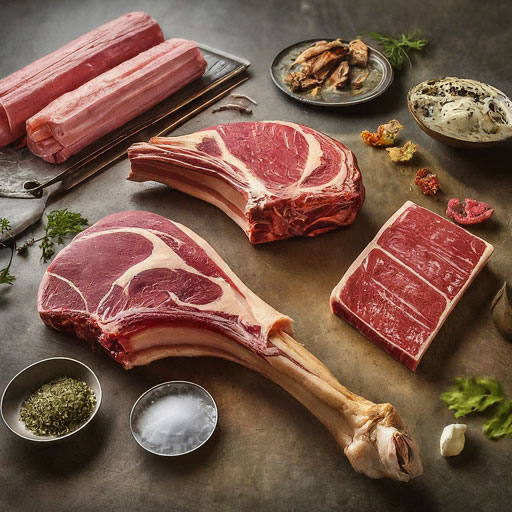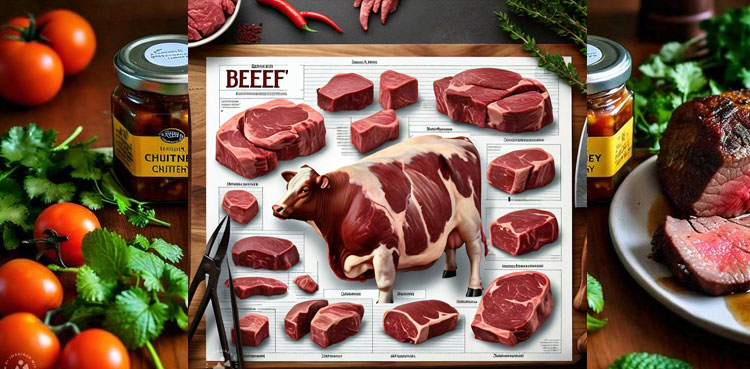In 2017, a team of geologists and researchers made a groundbreaking announcement: Zealandia, a submerged continent in the Pacific Ocean, was officially recognized as the eighth continent on Earth.
This revelation sparked widespread interest and curiosity about this enigmatic landmass. Let’s delve into the scientific facts surrounding Zealandia, exploring its history, geography, and significance.
Geological History
Zealandia began to take shape around 500 million years ago, during the Cambrian period. It was once part of the supercontinent Gondwana, which included modern-day Africa, Antarctica, Australia, and South America. As Gondwana began to break apart, Zealandia drifted northward, eventually becoming a distinct continent.
Submersion and Fragmentation
Around 23 million years ago, Zealandia started to sink beneath the waves due to tectonic plate movement and volcanic activity. Today, approximately 93% of the continent lies submerged, with only a few islands, such as New Zealand and New Caledonia, remaining above water.
Geography and Features
Zealandia spans over 4.9 million square kilometers, making it slightly smaller than Australia. Its terrain is diverse, featuring:
– Mountain ranges, including the Southern Alps
– Volcanic plateaus
– Sedimentary basins
– Continental shelves
Scientific Significance
Zealandia’s recognition as a continent has significant implications for geology, ecology, and conservation. Its unique features and history provide valuable insights into:
– Continental drift and plate tectonics
– Evolutionary processes and biodiversity
– Climate change and sea-level fluctuations





















